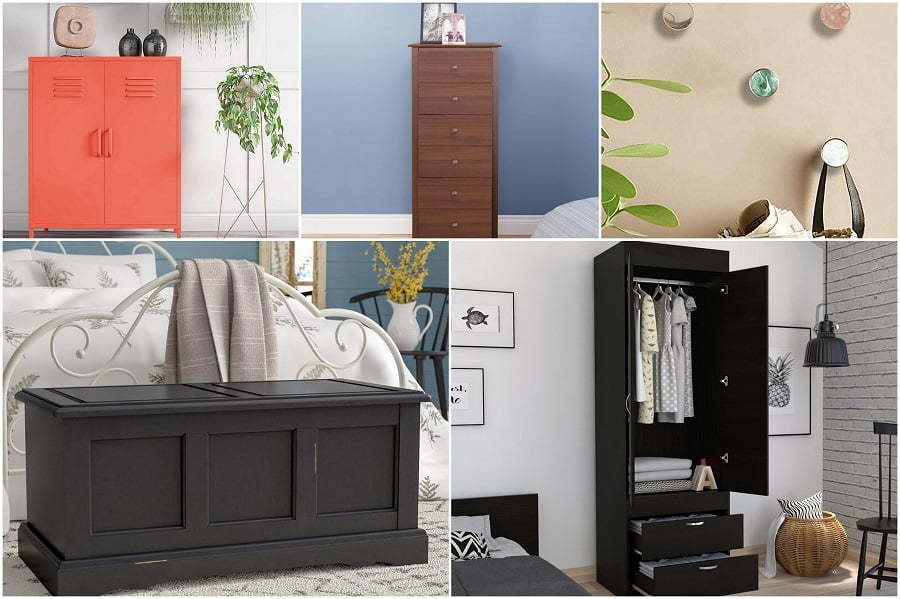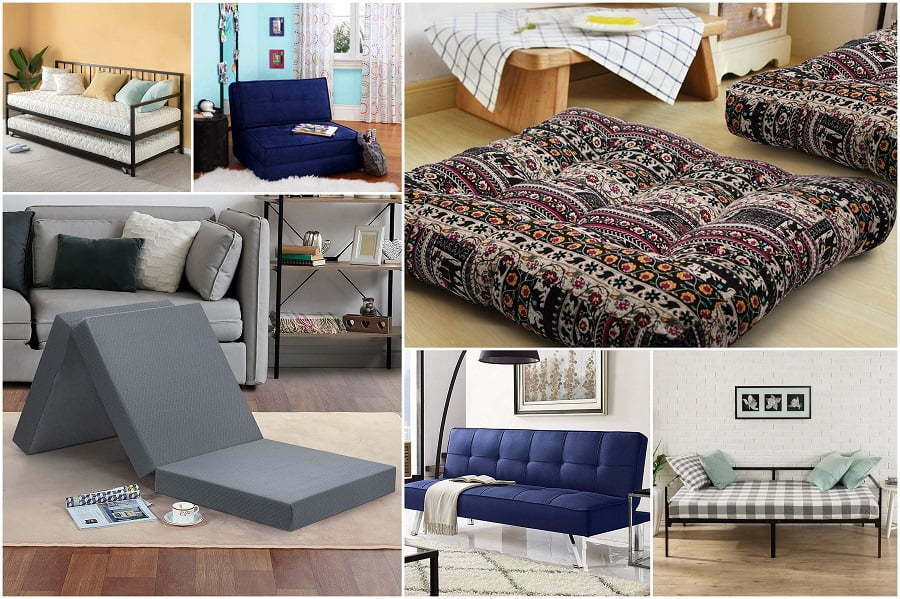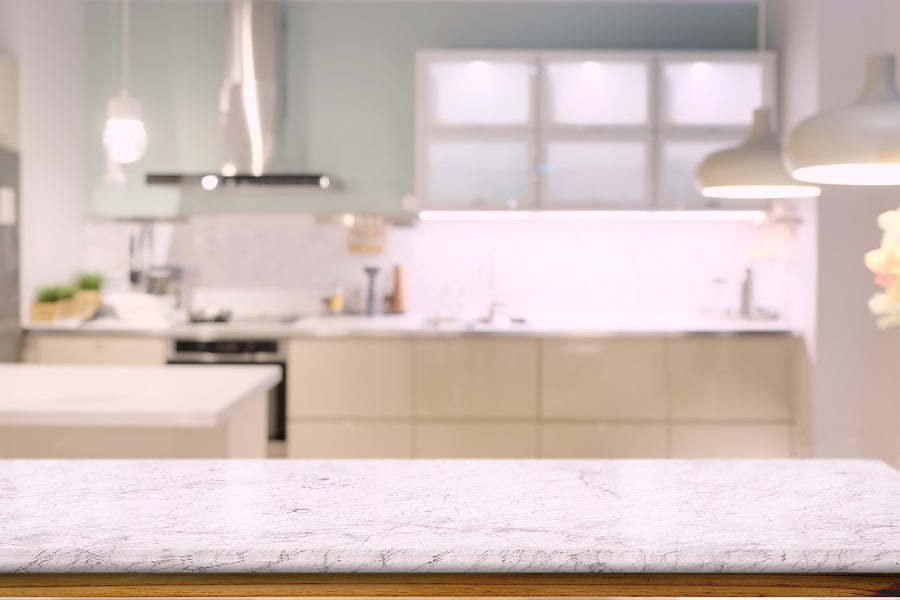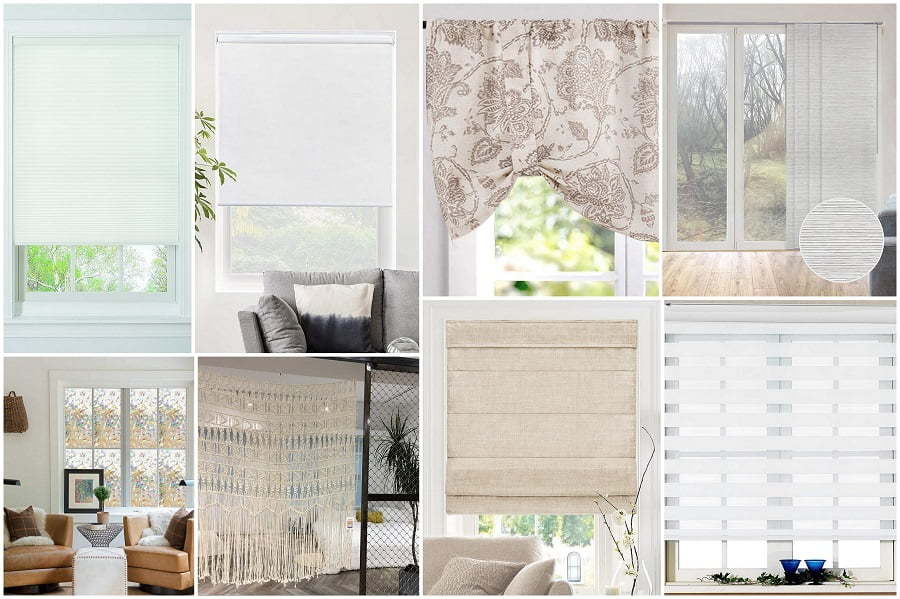Last updated on
Use these concrete alternatives if you want to build using more environmentally friendly materials (and sometimes cheaper.) Read on!
There are many ways to use concrete as a building material. Concrete is one of the most useful and versatile building materials on earth. The only problem is that it takes a lot of energy to produce. If you want to build your own home, you should consider using some of these alternative materials instead of concrete.
What are cement and concrete? Cement and concrete are artificial materials. They are made from natural resources such as limestone, clay, sand, gravel, etc. Cement is used to make buildings, roads, bridges, dams, and other structures. Concrete is a mixture of cement and aggregate (sand, gravel, crushed stone). Most concrete alternatives replace cement with a different material, or they are entirely different materials that achieve the same goals.
Thus it is important to note that different alternatives are suitable for different purposes. For instance, you can use wood or steel instead of concrete in construction, but you need a concrete-like substance specifically for flooring and foundations.
Green Concrete
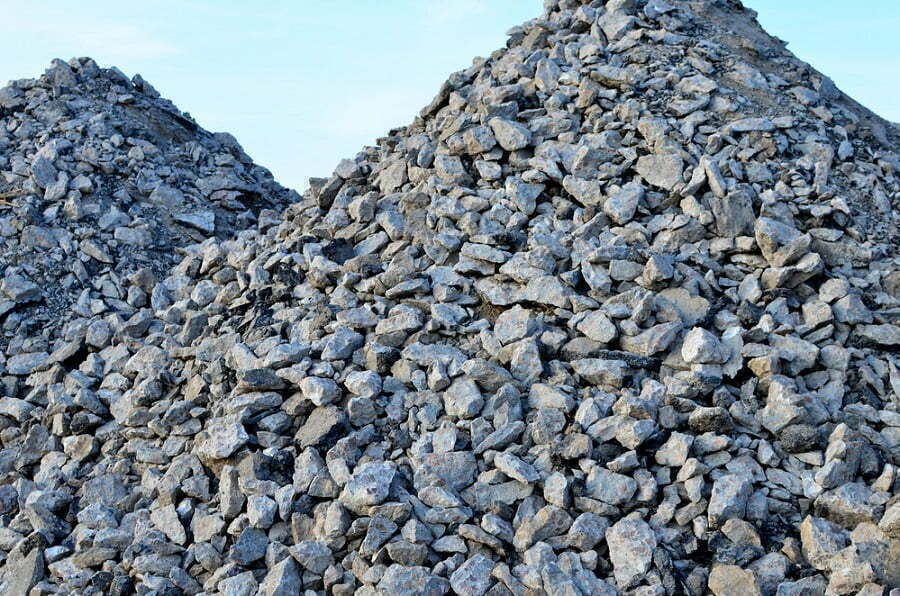
Green concrete is a type of eco-friendly concrete made using recycled materials. It consumes less energy than traditional concrete. Reusing wash water reduces the need for freshwater.
Cement is not an environmentally friendly building material because it uses calcium oxide, which takes a lot of energy. Cement production causes air pollution and water contamination. We should use alternative building materials instead of cement to reduce these problems.
Ashcrete
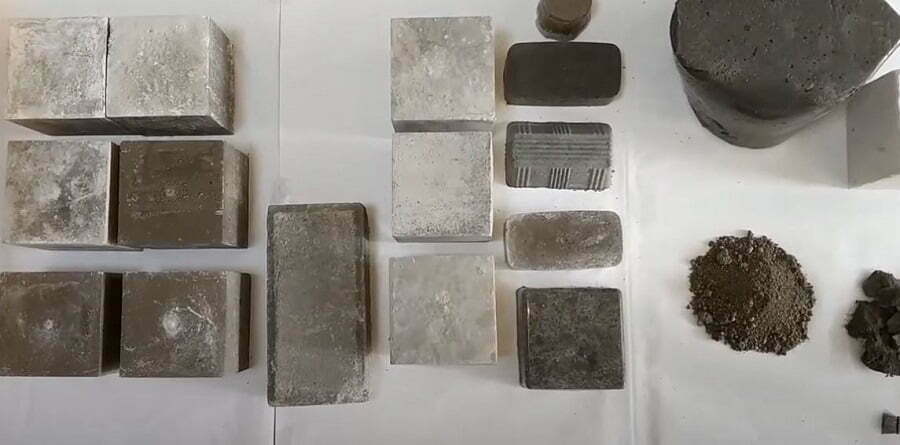
Fly ash is a waste product of coal-burning. It is used as a filler material in concrete. Ashcrete is a type of concrete made from recycled fly ash. Fly ash is mixed with lime and other materials to create stronger, more durable concrete.
Fly ash concrete comprises 50% cement and 50% fly ash. This type of concrete is used because it is environmentally friendly. It reduces carbon dioxide emissions by replacing cement. It also increases the strength of concrete. Furthermore, it reduces bleeding, increases the strength of concrete, and decreases the amount of shrinkage.
Blast Furnace Slag

Blast furnace slag is a waste product that can be recycled and made into new products. It replaces about 70-80 percent of cement and improves the durability of concrete. It also reduces the amount of heat needed for hydration.
Bamboo
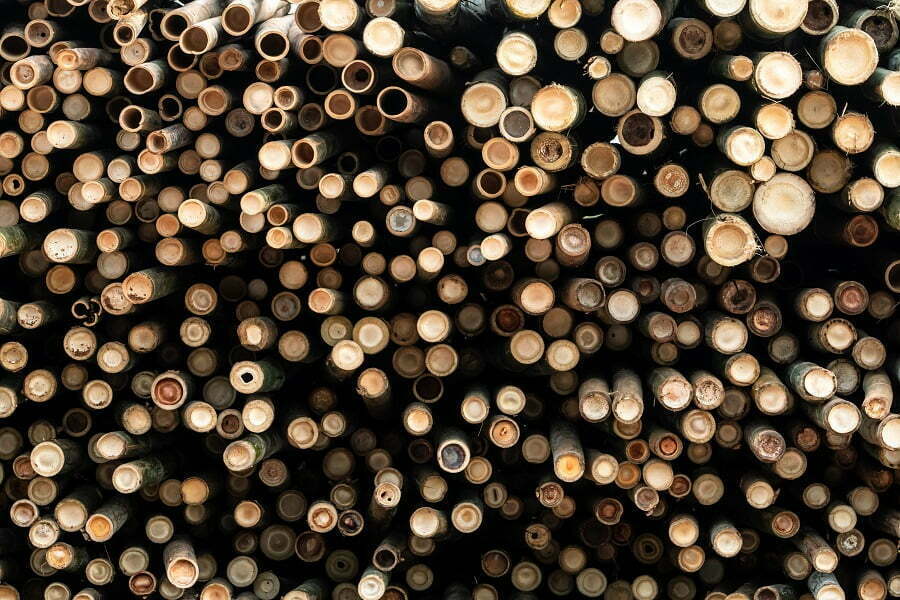
Bamboo is a type of grass that grows fast and strong. It can be used as an alternative to wood. It is also used to make furniture. Concrete reinforced with bamboo is more robust than regular concrete.
Bamboo is strong and lightweight. It is used as a building material. It is also used to make furniture. Construction workers prefer to use bamboo for building and shelter. It is a renewable resource and grows rapidly.
Timbercrete
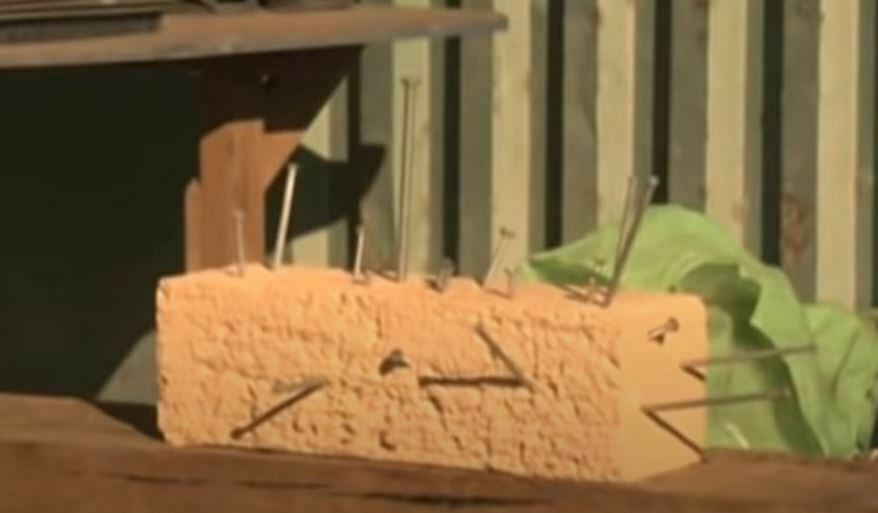
Timbercrete is a type of building material that is made from sawdust and cement. Sawdust is used as an additive to reduce the cement needed to make the material. This means that more wood products are recycled instead of being burned for energy. This material is comparable to concrete in strength and durability.
Wood
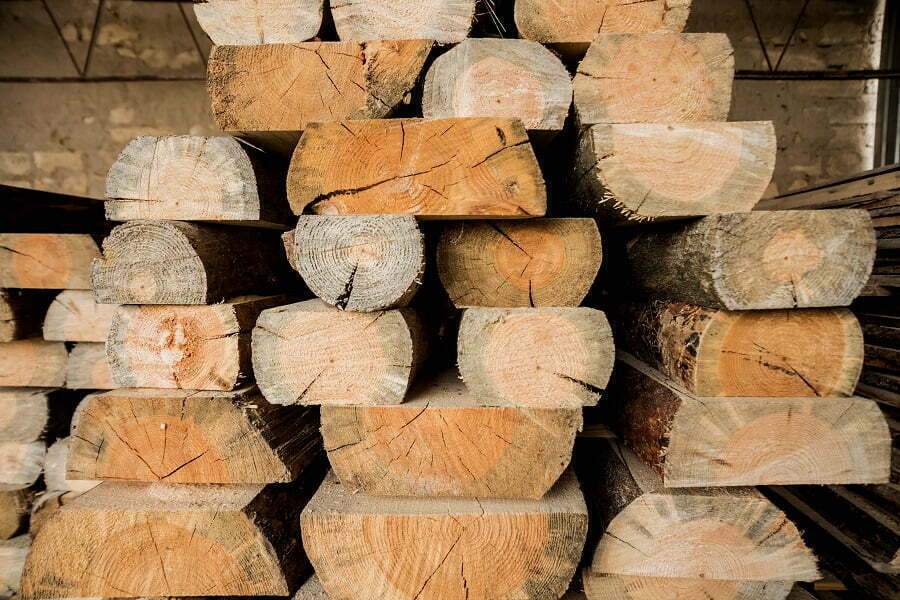
Wood is a renewable source of building material and building using lumber takes a lot less energy than traditional cement based concrete. That is why wood is prefered in sustainable construction.
Hempcrete
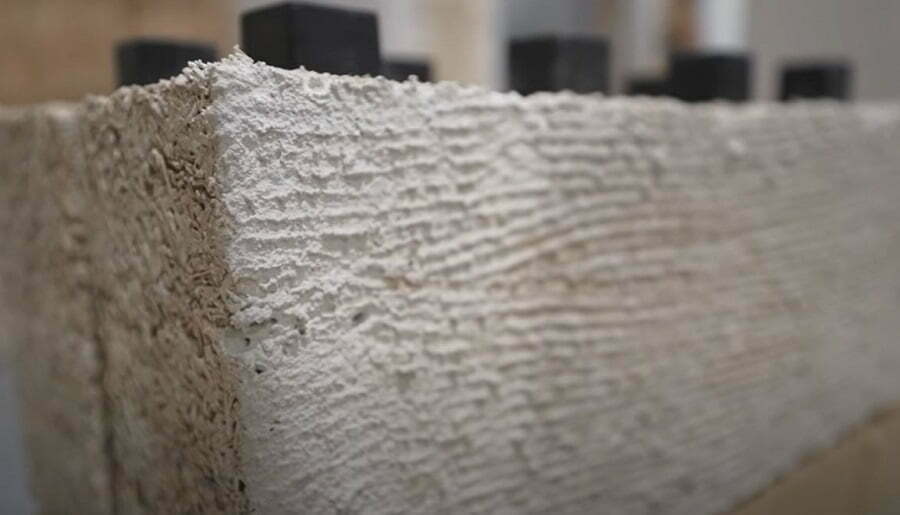
Hempcrete is a type of building material that is made from hemp hurds. It is created by binding the hemp fibers with lime and then shaping them into different forms. It is used as a building material because it is very light and strong. It can be transported easily by trucks or trains. It is also renewable and proliferates.
Mycelium
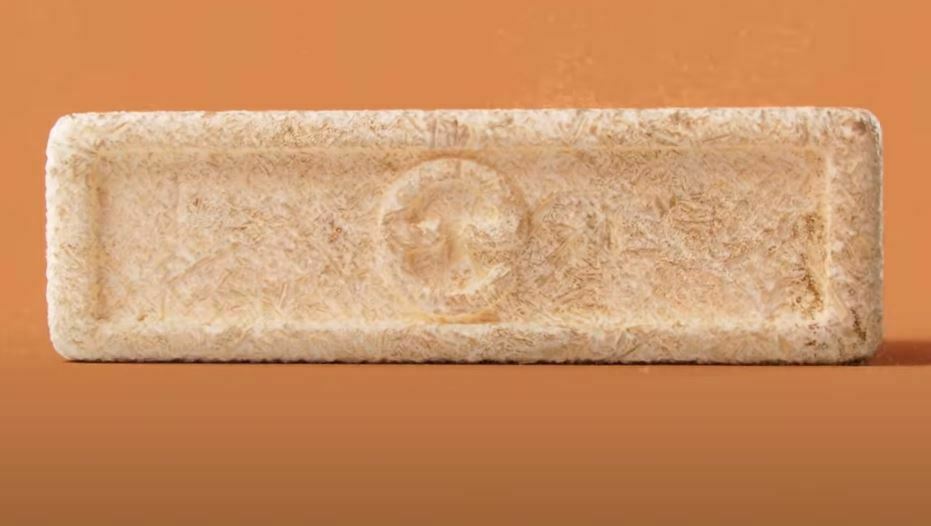
This is a futuristic material that’s made out of fungus and mushroom roots. It’s air-dried into bricks and other shapes that can be used in construction. It’s very lightweight, and it’s monumentally renewable.
Aircrete
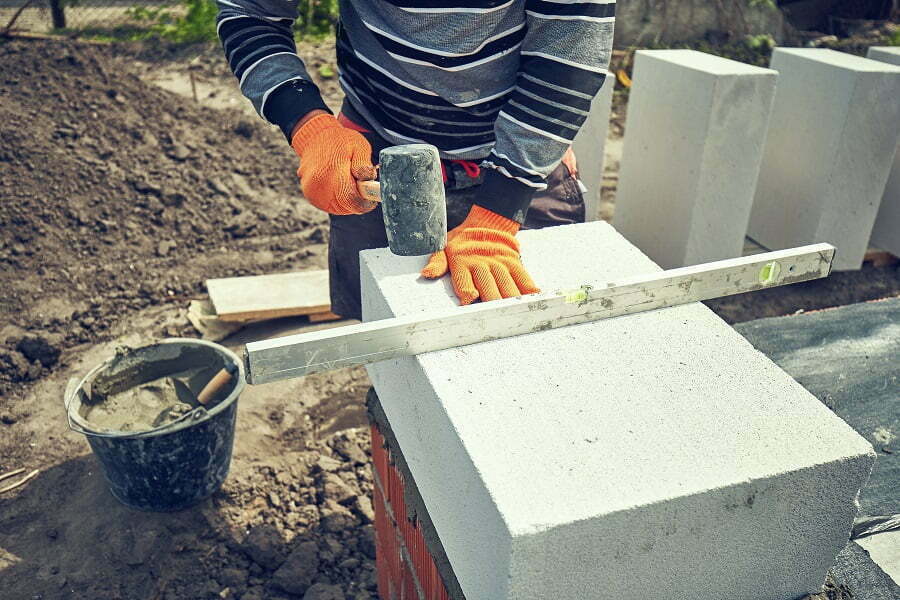
Aircrete is a type of concrete that is made out of recycled materials. It can be used to make driveways, sidewalks, patios, and pools. It is very durable and eco-friendly.
Aircrete is a new type of building material. It is made by mixing sand, cement, water, and other materials. It is much cheaper than traditional concrete.
Ferrock
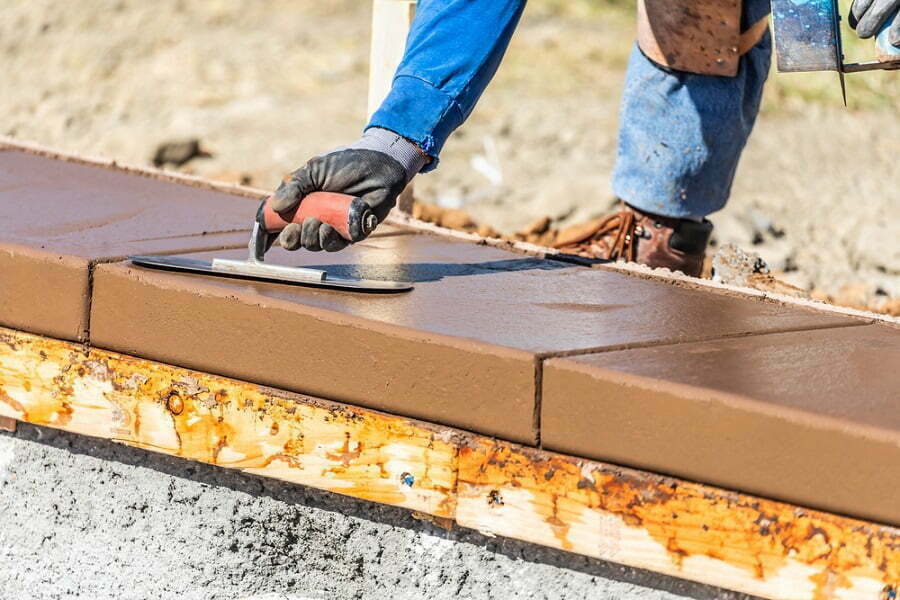
Steel dust is recycled into a strong building material called ferrock. It is made out of recycled materials and is carbon neutral.
Concrete Debris
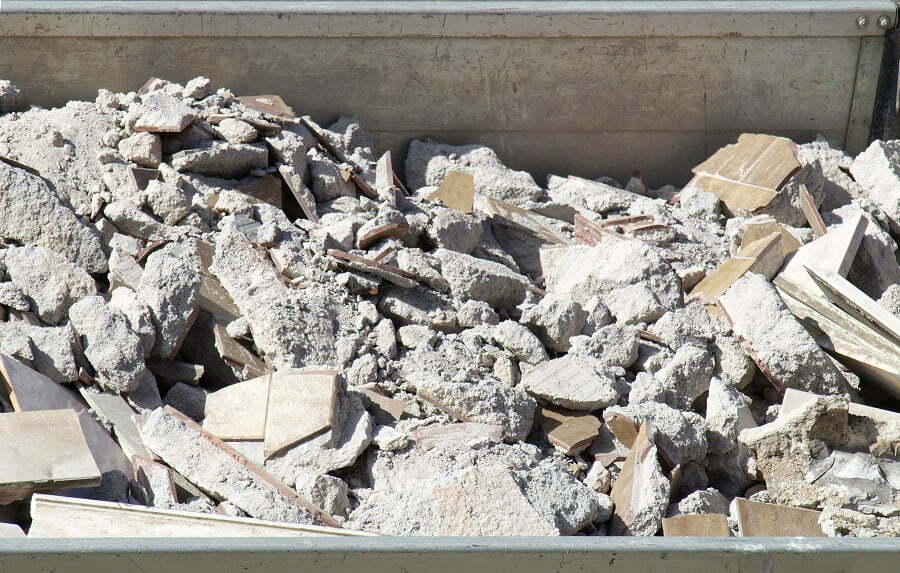
Waste materials from concrete can be used as an alternative to sand or gravel in construction projects. Reusing this material also reduces the need for new landfills.
Recycled Glass
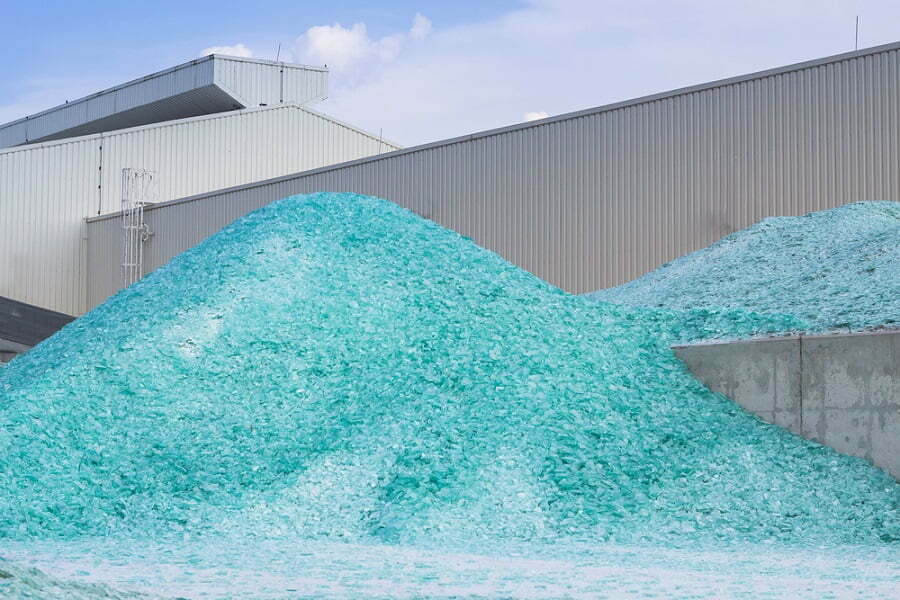
Glass is a versatile material that can be used as an alternative to concrete. It can be reused many times without losing its strength or quality. It can also be recycled and used again. This means that it has more durability than cement. Bottles can be made out of glass that lets them be put together tightly without gaps, while the air inside makes for excellent insulation (and keeps things cold).
Recycled Plastic
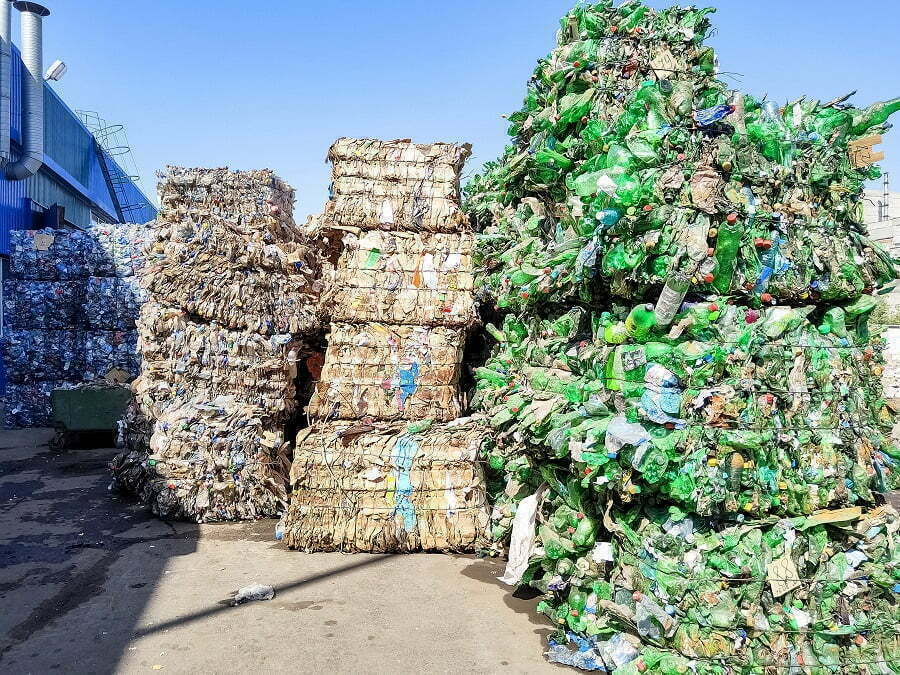
Plastic is one of the most common types of waste found on earth. Recycling plastic helps keep the environment clean and prevents pollution. In modern sustainable buildings, plastic is recycled into a concrete-like building material.
Silica Fume
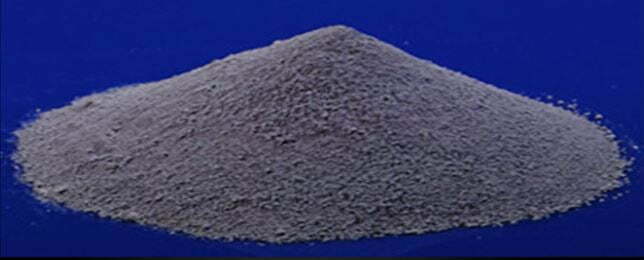
Silica fume is a powder that comes from making silicon. When mixed with water, it becomes a liquid that can be used to bind concrete. Silica fume makes stronger concrete but is more expensive.
Straw Bale
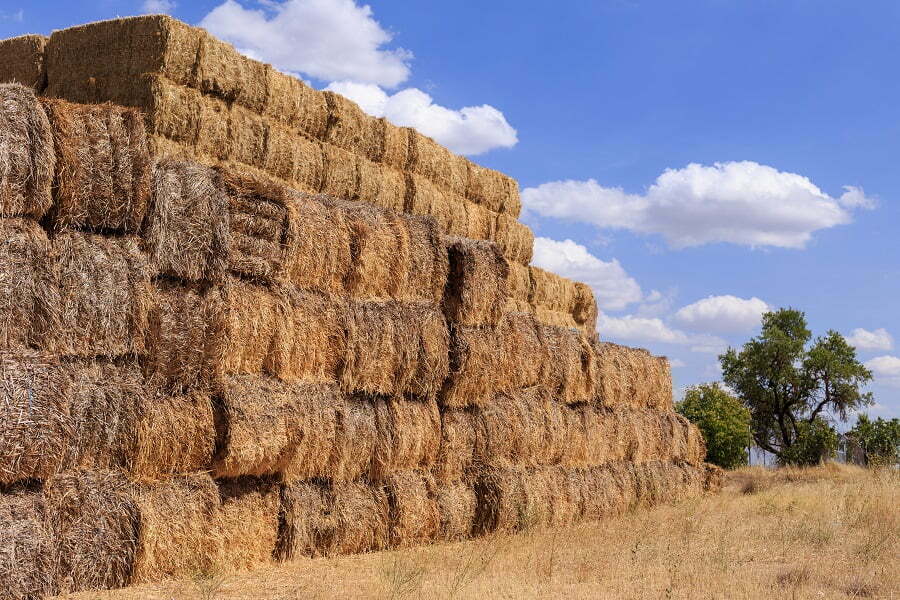
Strawbale building was very popular back in the day. It was used as the wall inside a frame and replaced other materials like concrete, wood, or gypsum. Plaster, fiberglass, and stone are also renewable materials. Strawbale is affordable and sustainable too because it is renewable.
Strawbale is used as insulation for tiny homes and eco-friendly homes. It is mixed with concrete to create more efficient walls.
Steel
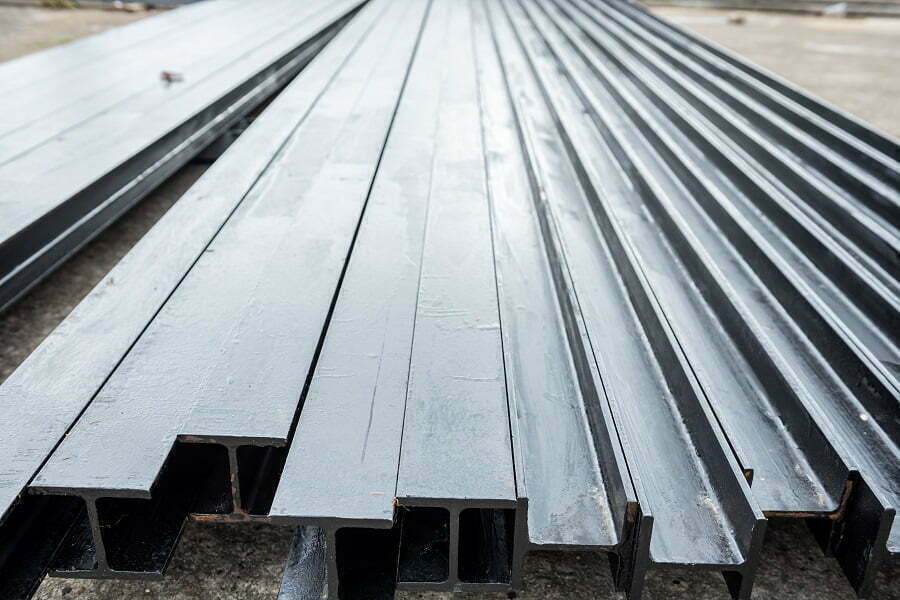
Steel is a common material that is used in construction. Steel is used for bridges, skyscrapers, houses, and cars. It is one of the most important metals on earth. Steel is strong and resistant to corrosion. It is also recyclable.
Rammed Earth
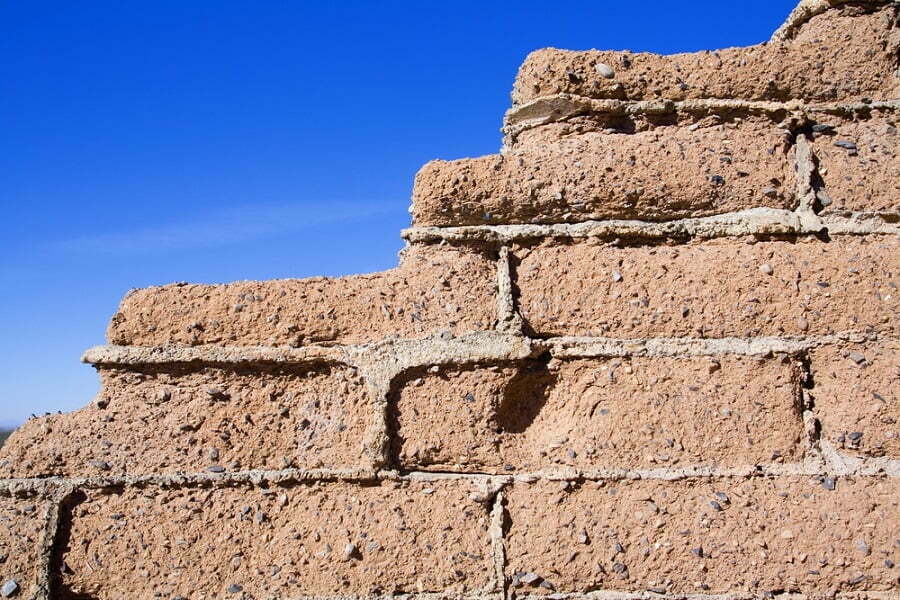
Rammed earth is a natural process where the soil is compressed around rocks to form walls. Rammed earth is a low-cost method of building that requires no tools or machinery. The soil is placed around stones, which are then covered with grasses. The result is a sturdy wall that is easy to maintain.
Rammed earth is mainly used for retaining walls, but it can also be used to build entire houses.
Grasscrete
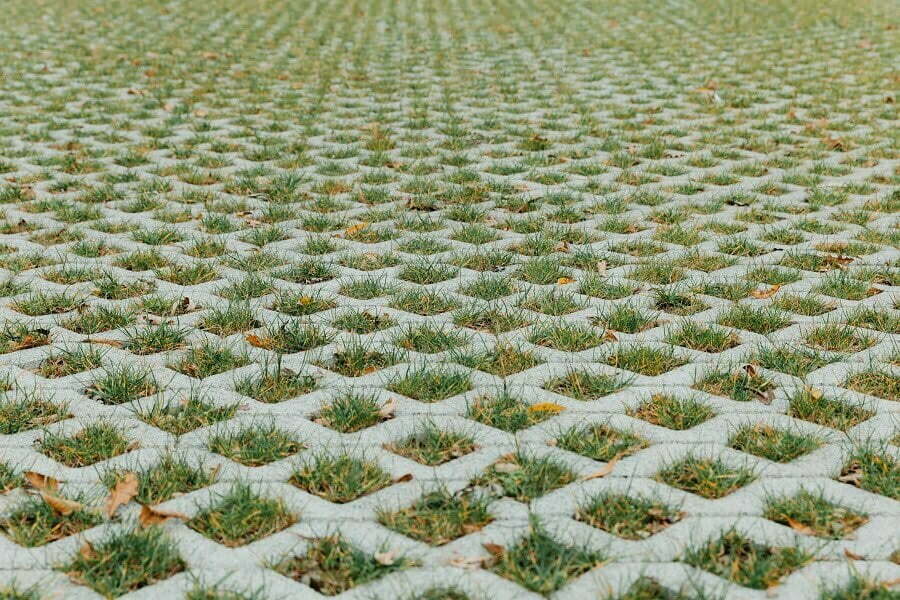
Grasscrete is the arrangement of concrete floors or sidewalks so that there are gaps in them for greenery. This way, less concrete is used, allowing for greenery to flourish.
Papercrete
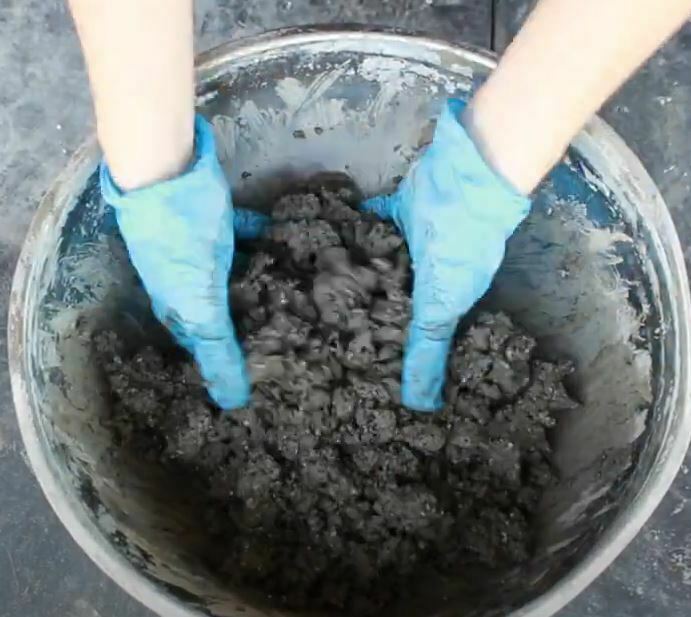
Papercrete is a mixture of recycled paper pulp and cement. It is used to make roads, walkways, and parking lots. It is also a good insulator.
Bio-composite Concrete
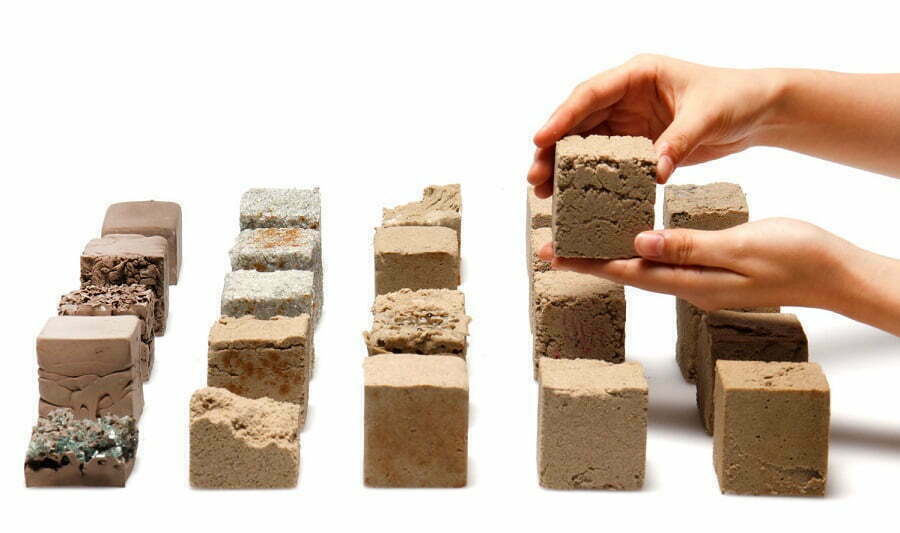
Bio-composite concrete uses a process of combining biological products to make concrete instead of using cement. For example, Finite is a company that makes concrete by binding desert sand.
FAQ
Concrete is a very versatile material. You can use it in almost any way you want. Concrete is highly durable and will last forever if properly maintained. It is also easy to work with and can be molded into different shapes.
The main disadvantage of using concrete is that it requires a lot of energy to manufacture. To make 1 ton of concrete, we have to burn 3 tons of coal. That’s why concrete is usually not considered green.
Concrete recycling is done by crushing old concrete. Then, the crushed concrete is added to a mixer and water and aggregate. After mixing, the concrete is poured into molds. Once hardened, the concrete blocks are ready for reuse.
You can buy special equipment to remove concrete dust from the air. However, this process is expensive. The best thing to do is wear a mask when working with concrete.
Sustainable alternatives to concrete use sustainable materials instead of cement. Bio-composite concrete, recycled materials, and wood are examples of this.
Recap
